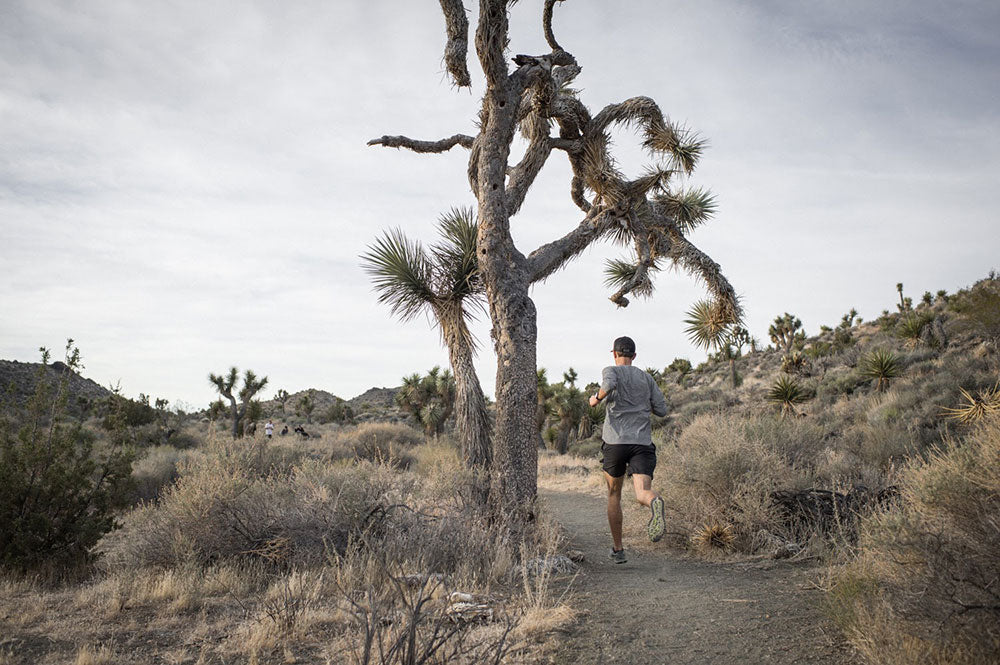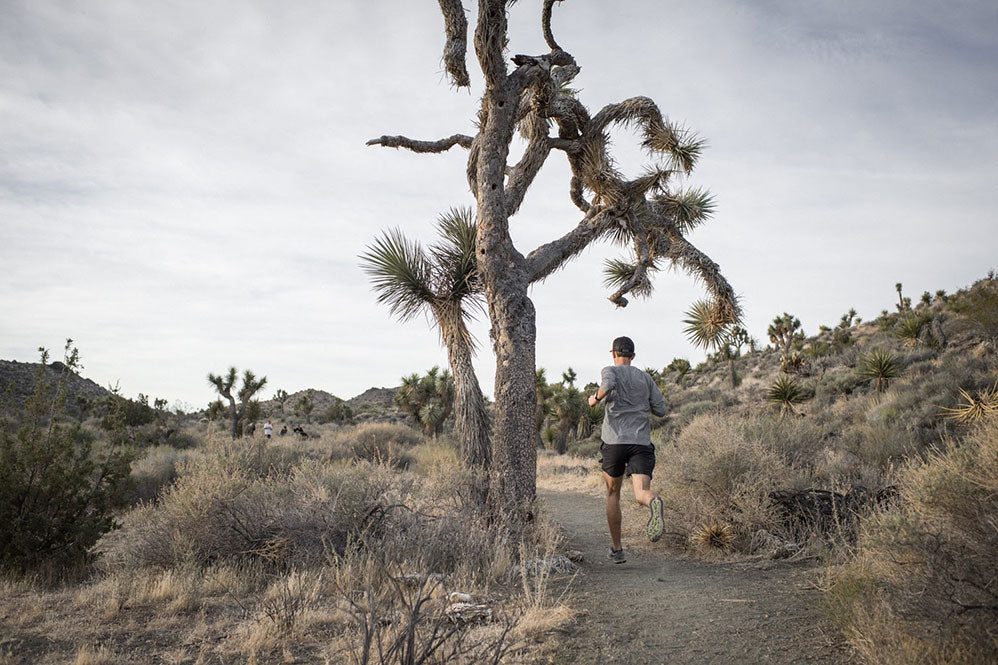Going outside in nature and experiencing the beautiful trails can bring a lot of joy. That being said, there are several steps you can take to minimize potential risks of the outdoors. We created this list of 10 tips to help keep trail enthusiasts safe.

Plan your route
Know where you are going and estimate how long it will take you. Trail miles are often a lot slower than road miles, so think of your route in time, not distance. If you’re unsure how long a route will take you, run out and turn around at half the time you’d like to run. If it’s a challenging and technical trail with rocks, trees, un-even terrain and hills, consider turning around before your half time point. There are many websites to find hiking and running trails near you. Some of our favorites are All Trails, Trail Link, and Trails.com. Another great option is to use the Segment Finder in the Strava App.
Run or hike with someone else
When you are exploring new trails, friends can provide an element of safety in case something happens. Ideally you go out with someone who knows the trails you are planning to run or hike.
If you’re running or hiking solo, share your trip plan with someone.
This is an important one, especially for longer trail adventures. Share your trip plan with someone who is reliable, responsive and ideally familiar with the area. Elements to include are, your time and location of your trip start and end, your route, the time and method you’ll notify your emergency contact that you’re safe, and the time your emergency contact should notify authorities that you are a no-show / missing. Providing local emergency contact info is helpful.
Bring trail safety equipment
Cell phone service on remote trails can be spotty so, besides your phone, bringing a map and compass can be very helpful. Several years ago I bought a satellite phone in case there is no cell phone service and an emergency happens. There are several good options out there, I own an inReach which triggers an SOS to their 24/7 search and rescue monitoring center, let’s you send and receive text messages, tracking intervals to share your GPS coordinates, elevation and more. Bringing a whistle could help as well to alert others in case of an emergency on a trail. Also, make sure to bring your ID. I personally have a Wrist ID from Road ID with my name, blood type and emergency contact info.
Bring a headlamp, even if you think you’re probably not going to need it
A few years back I ran a 13 mile steep trail loop and underestimated how long it would take me to get back to my car. On my way down with 2 miles to go, it started to get pretty dark and I did not bring a headlamp. Although my legs were pretty tired, I picked up my pace a bit. Out of no-where I tripped over a rock, launched through the air, and landed on my knee. I had to hike back in the dark and learned my lesson. Unexpected delays can happen on trail adventures. Bringing a headlamp can reduce your risk and stress levels in these types of situations.
Check the weather and dress accordingly
In advance and during your run or hike, keep an eye on the weather. Especially at higher elevations, temperatures can change quickly and storms can roll in unexpectedly. Bring a lightweight rain / wind jacket and sunscreen to stay protected.
Always bring more water than you think you’ll need
Hydration is an important part to stay safe on your trail run or hike. Take frequent sips from a water bottle or hydration pack. Bring more than enough water in case you will be out longer on the trails then expected. If you need more water than you are able to carry, make sure you know where the waterfall up spots are. On my longer trail runs, I often drink a glass of water when I leave my car plus I have extra water waiting in my car, in case I arrive empty.
Bring some type of calories
Bring whatever calorie option that works for you, even if you are going on a short run, in case you’re out longer than expected. Even if you don’t plan on taking in any calories, having some food, energy bars or gels available is a good safety measure. This can help with your energy levels and concentration as well.
Keep an eye out for wildlife
When you are out in nature, realize that you are not alone. Depending on where you life, there can be snakes, coyotes, bears, mountain lions, wolves and more. We are playing in their territory, so always be respectful and stay calm. Do not try to outrun wildlife, back away slowly. If you are running in bear country, carry EPA-approved bear spray as your bear deterrent. “Trail running in grizzly bear country is not recommended because of the increased risk of a surprise encounter and the danger that poses for the runner and the bear.” — KATE WILMOT, bear management specialist for Grand Teton National Park. Here is a great detailed guide on wildlife and trail safety, with a breakdown of DO’s and DO NOT’s per animal. A few years back, I wrote a detailed article about snakes that you might find helpful: What to do when a snake bites you on a remote trail?
If you listen to music, use only one earbud
Be aware of your surroundings, which includes sounds from other runners, hikers, bikers and animals. If you’re consumed in your music, you might also not hear any approaching vehicles or bad weather in the distance. Using only one earbud helps limited unexpected surprises.
Have fun out there
There are many amazing trails out there to explore. Don't let these trail safety tips prevent you from enjoying these trails. Running and hiking can bring a lot of joy. With the right safety precautions we can limit our risks significantly.
If you enjoyed this article, you might also enjoy:







1 commentaire
Enjoy